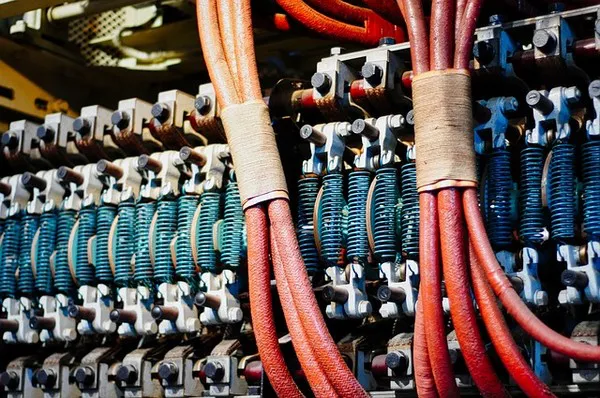In the realm of electrical engineering and power systems, transformers play a vital role in voltage transformation and power distribution. However, when transformers are initially energized, they experience a phenomenon known as inrush current. In this comprehensive guide, we delve into the intricacies of inrush current in transformers, exploring its causes, effects, measurement techniques, mitigation strategies, and practical considerations.
1. Definition of Inrush Current:
Inrush current refers to the transient surge of current that occurs when a transformer is first energized. This surge arises due to the magnetizing characteristics of the transformer core and the establishment of magnetic flux within the core material. It is a temporary phenomenon that subsides once the transformer reaches its steady-state operating condition.
2. Causes of Inrush Current:
Several factors contribute to the generation of inrush current in transformers. Primarily, it is induced by the magnetizing elements of the transformer core. During startup, the core material may experience saturation, leading to a higher initial flux density and consequently, a greater inrush current. Additionally, residual flux present in the core prior to energization exacerbates the magnitude of the inrush current.
3. Effects of Inrush Current:
The manifestation of inrush current can have significant repercussions on both the transformer and the power system. Excessive inrush current can result in voltage drops, system instability, and mechanical stresses on the transformer windings. These effects may compromise the operational integrity of the transformer and jeopardize the reliability of the entire power distribution network.
4. Measurement and Analysis:
Measuring and analyzing inrush current is essential for understanding its characteristics and devising appropriate mitigation strategies. Current transformers and oscilloscopes are commonly employed instruments for capturing and analyzing inrush waveforms. By studying the waveform properties, engineers can gain insights into the magnitude, duration, and frequency components of the inrush current.
5. Mitigation Techniques:
Various techniques exist to mitigate the adverse effects of inrush current on transformers and power systems. Inrush current limiters, such as series resistors or reactors, are employed to suppress the initial current surge. These devices effectively dampen the transient effects of inrush current without compromising the operational performance of the transformer. Additionally, controlled switching devices and strategies can be implemented to minimize inrush current during transformer energization, ensuring smooth and stable system operation.
6. Application and Considerations:
Inrush current mitigation is particularly crucial in scenarios where transformer reliability and system stability are paramount. Industries such as power distribution, manufacturing, and renewable energy rely on transformers for efficient power transmission and distribution. When selecting mitigation techniques, engineers must consider factors such as transformer ratings, system characteristics, and operational requirements to ensure optimal performance and reliability.
7. Regulatory Standards and Guidelines:
To facilitate standardized practices and ensure compliance with industry norms, various regulatory standards and guidelines govern the mitigation of inrush current in transformers. Organizations such as the Institute of Electrical and Electronics Engineers (IEEE) and the International Electrotechnical Commission (IEC) publish standards outlining recommended practices for inrush current analysis, mitigation, and testing. Adhering to these standards helps uphold the safety, reliability, and efficiency of transformer installations worldwide.
8. Case Studies and Practical Examples:
Real-world case studies and practical examples offer valuable insights into the application of inrush current analysis and mitigation techniques. By examining successful implementations in diverse industrial settings, engineers can glean best practices and lessons learned for addressing inrush current challenges effectively. These case studies underscore the importance of proactive planning, meticulous design, and diligent testing in ensuring the optimal performance of transformers and power systems.
Conclusion:
Inrush current is a transient phenomenon inherent to transformer energization, necessitating careful analysis and mitigation to safeguard transformer integrity and system reliability. By understanding the causes, effects, measurement techniques, mitigation strategies, and practical considerations associated with inrush current, engineers can devise robust solutions to minimize its impact and ensure the seamless operation of transformers in diverse applications. Through adherence to regulatory standards, application of advanced mitigation techniques, and dissemination of best practices, the engineering community can collectively mitigate the challenges posed by inrush current and advance the efficiency and resilience of modern power systems.

